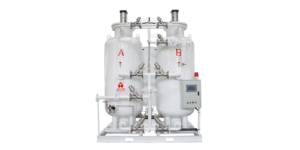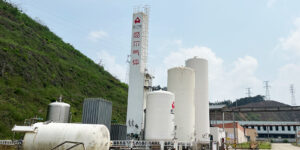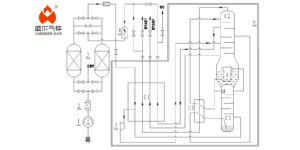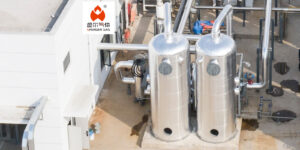Nitrogen gas, as a versatile industrial gas, plays a pivotal role across various sectors. Different industries demand varying degrees of nitrogen purity, and the presence and concentration of impurities in nitrogen gas directly affect its effectiveness and safety in applications. Thus, understanding the standards of nitrogen purity and its applications in various industries is crucial.

Composition of Nitrogen from Air Separation
Industrially, nitrogen is primarily obtained through air separation technology. Air separation units cool air to cryogenic temperatures to liquefy it, followed by a distillation process to separate nitrogen, oxygen, and other rare gases. Nitrogen constitutes about 78% of air. After air separation, the obtained nitrogen can be further purified to meet different purity requirements.
Impurities in Nitrogen Gas
Potential impurities in nitrogen include oxygen, water vapor, carbon dioxide, hydrocarbons, and other rare gases. Even at very low concentrations, these impurities can have adverse effects on certain sensitive industrial processes. For instance, in electronics manufacturing, trace amounts of oxygen and moisture can lead to product defects.
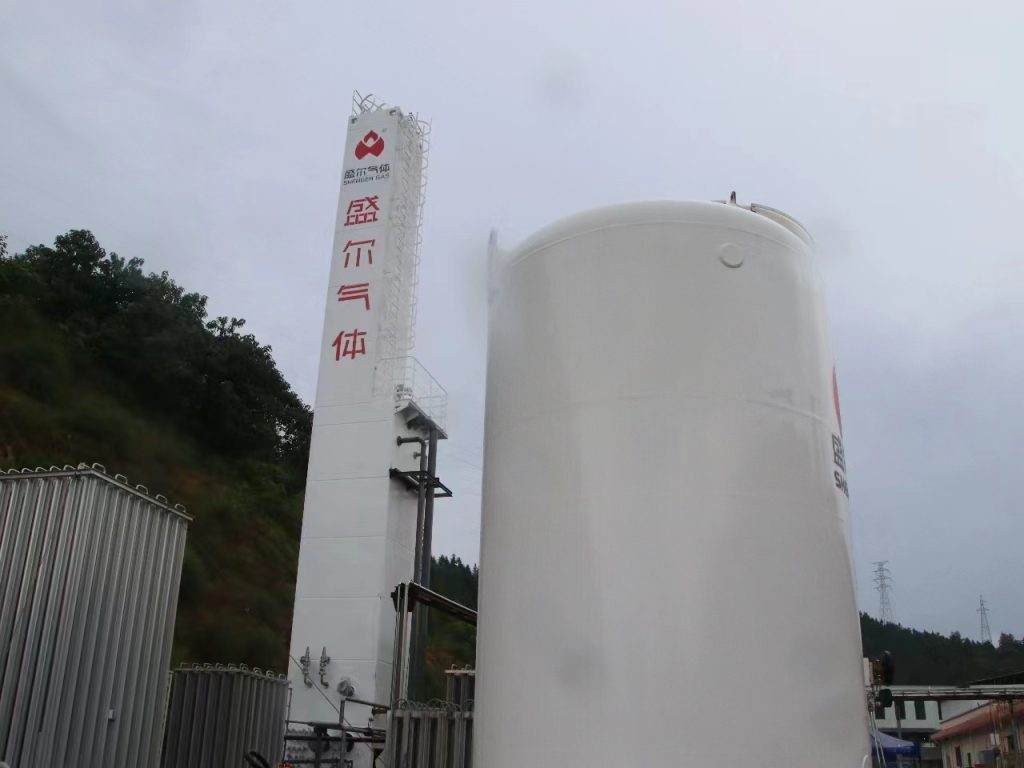
Industry Standards
The purity levels of nitrogen gas are commonly defined by international and national standard documents. For example:
- ISO8573: An International Organization for Standardization document that specifies the purity of compressed air.
- GB/T8979-2008: Chinese national standard titled “Industrial Nitrogen.
These standards classify the purity of nitrogen gas into different grades based on the concentration of impurities:
- Industrial Grade: Purity typically ranges from 99.5% to 99.9%, mainly used in less demanding industrial environments.
- Pure nitrogen: Purity reaches 99.99%, suitable for research and analytical purposes.
- High Purity: Purity reaches 99.999% or higher, applicable in the semiconductor and pharmaceutical industries.
Applications of Different Nitrogen Purity Levels in Industries
General Industrial Applications (99.5% to 99.9%): This level of nitrogen is widely used in metal processing, oil and gas industries, and some chemical processes. For instance, in metal heat treatments, nitrogen is used to create an inert atmosphere to prevent oxidation.
- Food and Beverage Industry (99.5% to 99.9%): In food packaging, nitrogen is used to displace oxygen to extend the shelf life of products. This typically does not require ultra-high-purity nitrogen.
- Pharmaceutical Industry (99.999%): In pharmaceutical production, nitrogen is used to provide a sterile packaging environment to prevent the oxidation or contamination of medications during production or packaging.
- Electronics Manufacturing (99.999% and above): High purity nitrogen is used in the production of semiconductors and other electronic components to prevent contamination during manufacturing.
- Laboratories and Research (99.99% and above): High purity nitrogen is often used in analytical instruments in laboratories, such as gas chromatographs, to ensure the accuracy of analysis.
The standards of nitrogen purity are closely related to its field of application, with each industry having its unique requirements. Manufacturers and suppliers must adhere to respective industry standards and regulations to ensure their nitrogen products meet specific customer needs. With technological advancements, nitrogen purification techniques are also evolving to serve industries that require even higher purity levels more efficiently.
Through the discussion above, it’s not only important to understand how nitrogen purity impacts applications across various industries but also to recognize the significance of controlling impurities in nitrogen gas. Adherence to purity standards ensures optimal performance of nitrogen in respective fields and also secures the quality and safety of the final products. Hence, selecting the appropriate level of nitrogen purity is a fundamental and critical decision for any enterprise utilizing this gas.



